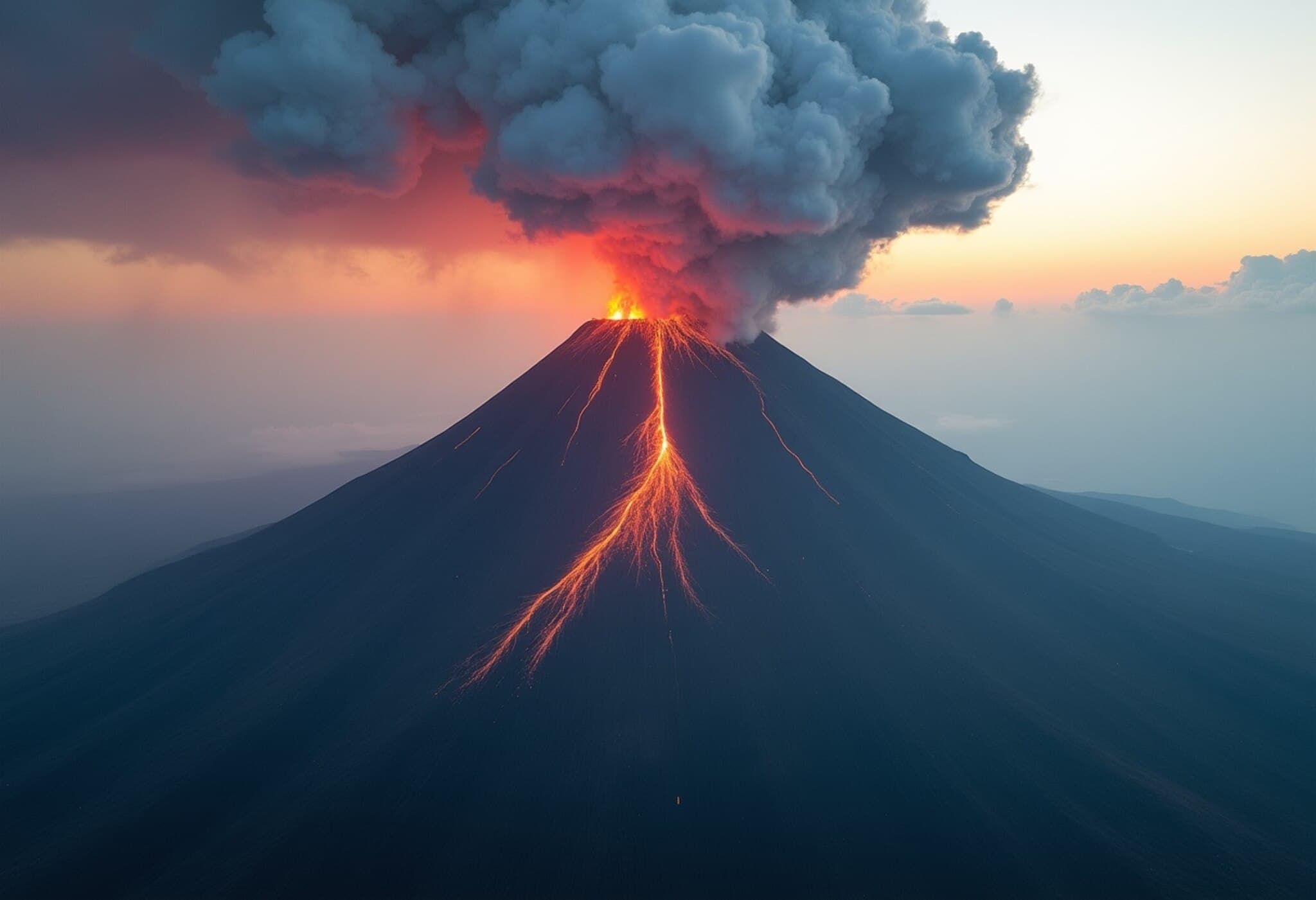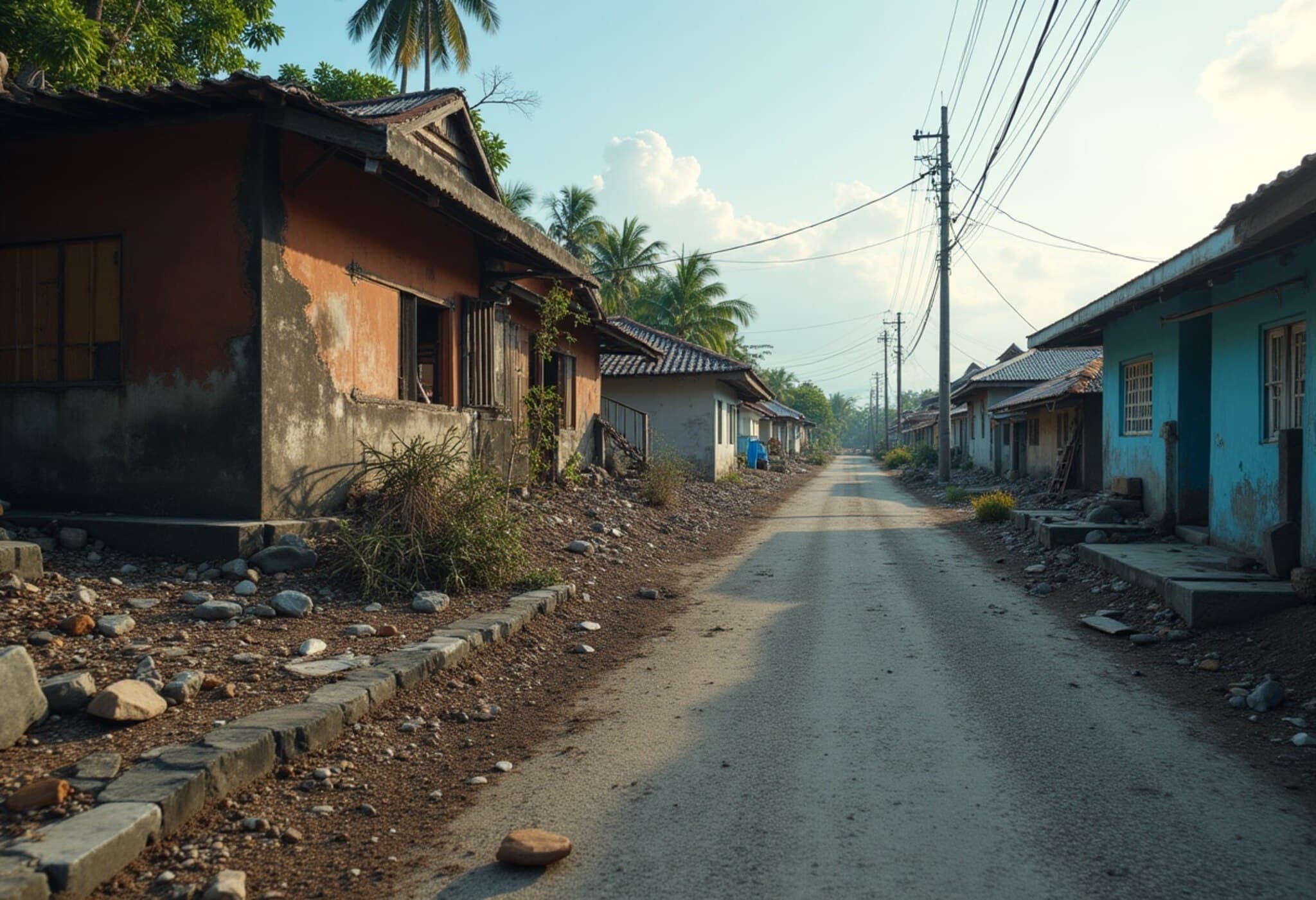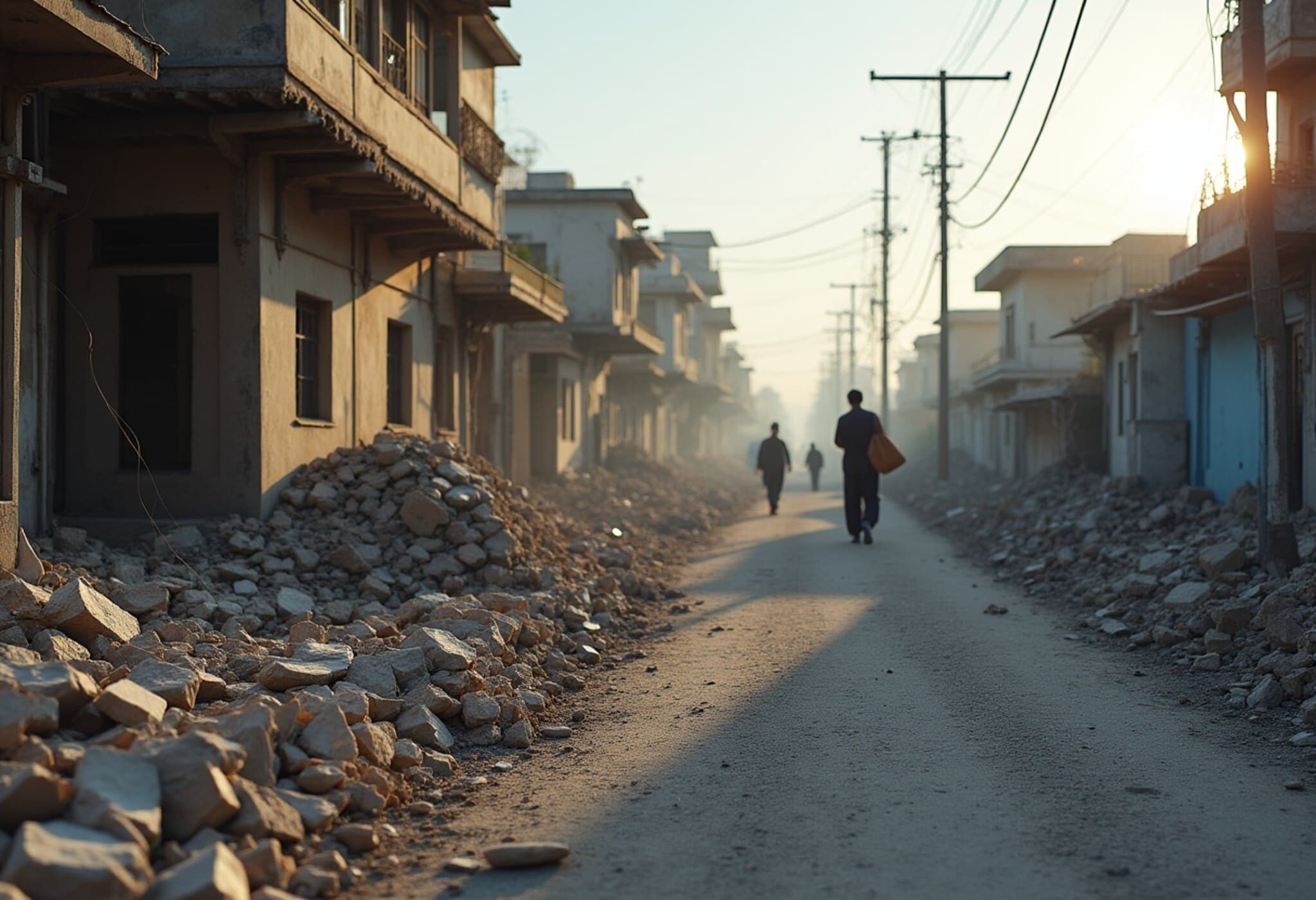Powerful Earthquake Rocks Alaska’s Southern Coast
On Wednesday, a significant 7.3-magnitude earthquake struck near Sand Point, a small community on Popof Island off the Alaska Peninsula. The tremor, reported by the US Geological Survey (USGS), was strongly felt along Alaska’s southern coastline, stirring concerns and prompting the National Oceanic and Atmospheric Administration (NOAA) to issue a tsunami advisory.
Tsunami Advisory Issued and Subsequently Downgraded
The advisory originally covered a broad area stretching from approximately 65 kilometers southwest of Homer to Unimak Pass, encompassing vital coastal communities including Kodiak Island. Kodiak, with a population of about 5,200 residents, lies within the advisory zone, raising alarms due to its dense habitation and strategic importance.
Authorities later downgraded the warning to an advisory level after initial monitoring, a reflection of the constantly evolving data from tsunami monitoring systems. The US National Tsunami Warning Center confirmed there was no imminent threat to Washington State, alleviating concerns along the US West Coast.
Local Response: Evacuations and Public Safety Measures
Kodiak police promptly activated emergency sirens, urging residents to seek higher ground and prepare for possible evacuation. Public safety officials announced the availability of emergency shelters in local elementary and high schools, emphasizing community readiness in the face of natural disasters.
While no immediate damage has been reported, the situation remains under close observation, highlighting the importance of swift communication channels and public compliance with safety protocols in coastal Alaska.
Geographical and Socioeconomic Context
The quake's epicenter was located roughly 965 kilometers southwest of Anchorage, near Sand Point, a village of about 600 residents on Popof Island. This region is known for its fishing industry and subsistence lifestyles, rendering any natural disaster impactful beyond physical damage—disruptions can deeply affect local economies and food supplies.
Experts emphasize that Alaska’s location along the Pacific 'Ring of Fire' makes it especially vulnerable to seismic activity, necessitating robust emergency preparedness infrastructure. This event serves as a reminder of the latent risks communities face and underscores the need for continuous investment in early warning systems and community resilience.
Expert Insight: The Bigger Picture of Alaska’s Seismic Activity
Seismologists from the USGS highlight that while a 7.3 magnitude earthquake is significant, it does not necessarily result in catastrophic tsunamis—a factor depending on the quake’s depth, location, and ocean floor displacement. It is crucial for residents and policymakers alike to maintain vigilance, especially in regions where infrastructure and emergency services may be limited.
Moreover, this event shines a spotlight on the cascading effects of natural disasters in remote areas—such as potential disruptions to fishing industries, medical services, and supply chains in Alaska’s coastal communities.
Looking Ahead: Preparedness and Community Resilience
- Public Awareness: Increasing education about disaster preparedness can empower local populations to respond effectively.
- Infrastructure Investment: Enhancing communication networks and emergency shelters reduces vulnerability.
- Environmental Monitoring: Upgrading seismic and oceanic sensors ensures timely and precise threat detection.
Editor’s Note
This powerful earthquake near Sand Point serves as a stark reminder of the persistent geological forces shaping Alaska's coastal communities. Beyond the immediate tremors and tsunami advisories, it raises critical questions about how remote regions balance the demands of daily life with the ever-present risks of natural disasters. As climate change and population pressures compound vulnerabilities, investments in resilient infrastructure and community readiness become more urgent than ever. How can policymakers and residents collaborate to strengthen these fragile lifelines, preserving safety without disrupting livelihoods? This event invites us not only to monitor earth movements but to intentionally foster adaptive, informed communities.













